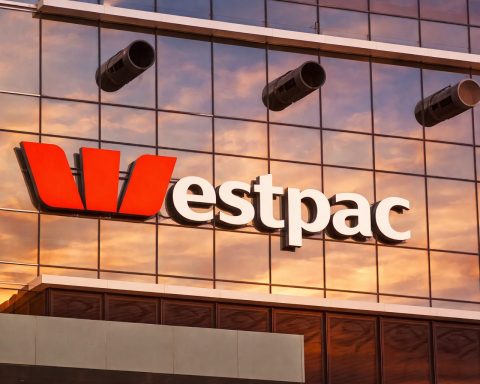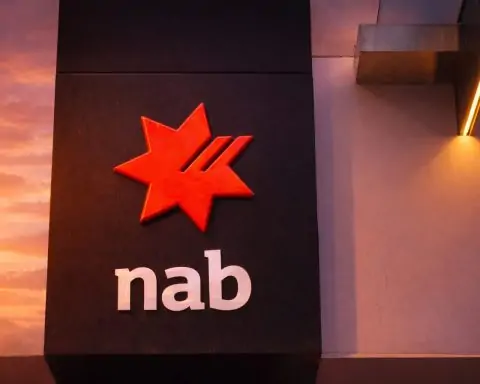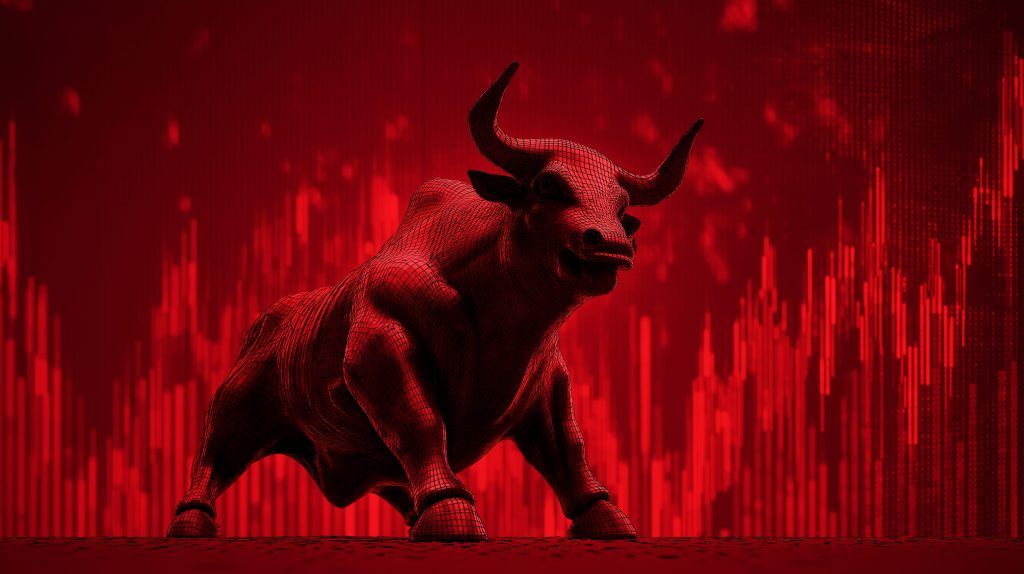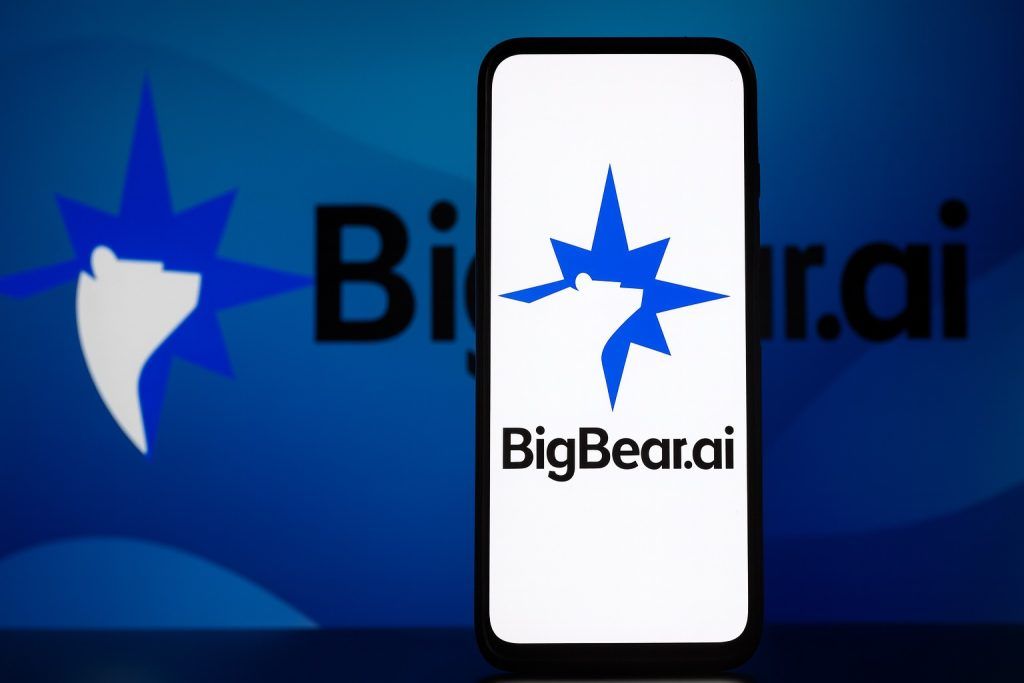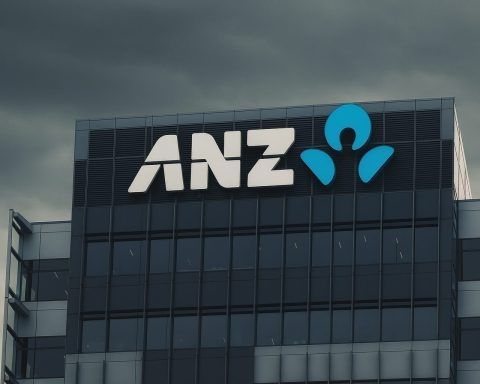- Surge on Short Squeeze: BYND shares spiked ~50% in one day (Oct. 17) as a massive short squeeze hit the heavily shorted stock [1]. Trading volume exploded (≈438 M shares vs. ~13 M normal) as short-sellers raced to cover [2].
- Debt Deal Dilution: The rally follows a controversial debt-for-equity swap that issued ~316 M new shares – more than quadrupling the float. Analysts bluntly call this a “huge dilution bomb” for existing owners [3]. (Ethan Brown’s earlier deal effectively relieved $900 M of debt but issued hundreds of millions of new shares [4] [5].)
- Penny-Stock Territory: Beyond Meat’s stock now trades in penny-stock range (~$0.65 as of Oct. 17) [6] [7], down ~97% from its 2019 peak (~$239). It’s near its 52-week low ($0.50) [8] and far below the ~$6–7 range hit last August.
- Fundamental Weakness: Underlying fundamentals remain dire. Q2 2025 revenue plunged ~20% YOY to just ~$75 M (missing estimates) [9], while the net loss widened and cash on hand is only ~$117 M against ~$1.2 B debt [10]. Beyond Meat has racked up nearly $931 M in operating losses since 2021 [11], and analysts expect full-year revenue to drop about 14% [12].
- Wall Street Skeptical: Analysts are overwhelmingly bearish. BYND carries a consensus “Strong Sell” rating with a median 12-month target near $3 [13] – even that is several times today’s price. Many warn of an “existential threat” or “death spiral” if sales and cash-burn continue [14] [15]. Notably, short interest is roughly 64% of float [16], making BYND one of the most-shorted U.S. stocks and fueling its volatility.
Beyond Meat’s stock rollercoaster has been catapulted by an extreme short-covering event, but the underlying story remains one of struggle. On Oct. 13 the company announced an early settlement of its debt exchange offer – issuing $208.7 M in new 7% notes (due 2030) and ~316 M new shares to bondholders [17] [18]. Before the swap, only ~76.7 M shares were outstanding, so this flood of paper “quadruple[d] the share count” overnight [19] [20]. Investors immediately panicked: BYND plunged over 50% on Oct. 13 (bottoming below $1) on word of the swap [21] [22].
After a brief rebound to ~$0.67 mid-week [23], shares drifted into lock-up expiry on Oct. 16. When the roughly 316 M new shares were unlocked on Oct. 17, roughly 60–63 M of them hit the market immediately [24] [25]. This should have driven BYND even lower – it briefly traded in the $0.50–$0.60s [26] – but instead it rallied 24.6% that Friday to close ~$0.65 [27] [28]. Market observers attribute Friday’s pop to furious short-covering. (MarketBeat data show 110,588 call options traded, 151% above normal – a sign speculators were betting on a bounce [29].)
Still, the surge seems more a mechanical blip than a turnaround. The fundamental picture is bleak. Sales have been collapsing: beyond Q2’s ~20% drop, Q1 also missed and full-year forecasts have been withdrawn. As Reuters notes, analysts now expect 2025 revenue to fall to about $282 M [30] (down ~14% YOY). In a recent earnings call, CEO Ethan Brown himself conceded that “animal meats are in the true cyclical fashion of consumer trends…[leaving] less room for our products and brand” [31]. The entire plant-based sector is shrinking: a Good Food Institute study found U.S. alt-meat revenues down 18% over two years [32] [33], as many consumers revert to real meat or switch to competitors (Impossible, Tyson, Nestlé, etc.).
Wall Street’s verdict has turned harsh. Nearly every analyst rate BYND a Sell or Strong Sell [34] [35]. TD Cowen’s Robert Moskow recently slashed his 12-month target to just $0.80 [36], and Argus has downgraded BYND to “Sell.” In fact, as TS2 reports, 0 of 9 covering analysts now recommend buying; the median target is only ~$3 [37] [38] (just modestly above today’s price, implying a ~$200 M market cap). Industry watchers speak grimly: Beyond Meat is in a “death spiral” of vanishing demand and crushing dilution [39], and Cowen warned it faces an “existential threat” without a swift turnaround [40]. Institutional investors have largely abandoned ship and insiders have sold tens of millions of shares [41] – a far cry from the enthusiastic backing the company enjoyed in 2019.
On paper, the debt exchange does modestly improve the balance sheet (lower future interest, longer maturities). But this relief came at enormous cost to equity holders. The massive dilution and slashed guidance have essentially reset expectations. Even after Friday’s rally, BYND is trading well below the post-squeeze 50-day average (~$2.37 [42]) and only a fraction of its brief $6+ highs. The stock’s future trajectory will hinge on whether Beyond Meat can stabilize sales and cash flows (a tall order given $117 M cash vs $1.2 B debt [43]) or unveil some bullish surprise (new product, market expansion, etc.).
Forecast & Analysis: In the near term, the squeeze-fueled pop could continue as shorts scramble and speculative interest remains high, especially with the huge short-interest overhang [44] [45]. However, most analysts expect the stock to ultimately resume its decline once the frenzy subsides. With no strong catalysts in sight, Wall Street’s average 12-month target (~$3 [46]) implies very limited upside. Bearishly, if revenues keep dropping and costs stay elevated, BYND could slide toward its new 52-week lows. Bulls who see opportunity point to the extreme pessimism and heavy short position – in theory any good news could send shares sharply higher. But as one market note bluntly concludes, “existing shareholders face a huge new share flood” from the debt swap [47], and the underlying business still needs to prove itself. For now, most experts urge caution: the short squeeze was a dramatic event, but without a lasting turnaround, it may prove only a brief reprieve in a long bear market [48] [49].
Sources: Beyond Meat news and data from Reuters [50] [51], MarketBeat [52], Meyka [53] [54], LA Times [55], TS2.tech [56] [57] (analysis), and MarketWatch/Dow Jones data [58]. These sources provide real-time quotes, expert comments, and the latest financial metrics.
References
1. meyka.com, 2. meyka.com, 3. ts2.tech, 4. ts2.tech, 5. www.reuters.com, 6. ts2.tech, 7. www.marketbeat.com, 8. www.marketbeat.com, 9. ts2.tech, 10. ts2.tech, 11. ts2.tech, 12. www.reuters.com, 13. ts2.tech, 14. ts2.tech, 15. ts2.tech, 16. www.reuters.com, 17. www.reuters.com, 18. ts2.tech, 19. ts2.tech, 20. ts2.tech, 21. www.reuters.com, 22. ts2.tech, 23. www.reuters.com, 24. ts2.tech, 25. ts2.tech, 26. ts2.tech, 27. ts2.tech, 28. www.marketbeat.com, 29. www.marketbeat.com, 30. www.reuters.com, 31. www.latimes.com, 32. ts2.tech, 33. ts2.tech, 34. ts2.tech, 35. ts2.tech, 36. ts2.tech, 37. ts2.tech, 38. ts2.tech, 39. ts2.tech, 40. ts2.tech, 41. ts2.tech, 42. www.marketbeat.com, 43. ts2.tech, 44. www.reuters.com, 45. www.marketbeat.com, 46. ts2.tech, 47. ts2.tech, 48. ts2.tech, 49. meyka.com, 50. www.reuters.com, 51. www.reuters.com, 52. www.marketbeat.com, 53. meyka.com, 54. meyka.com, 55. www.latimes.com, 56. ts2.tech, 57. ts2.tech, 58. www.marketbeat.com



